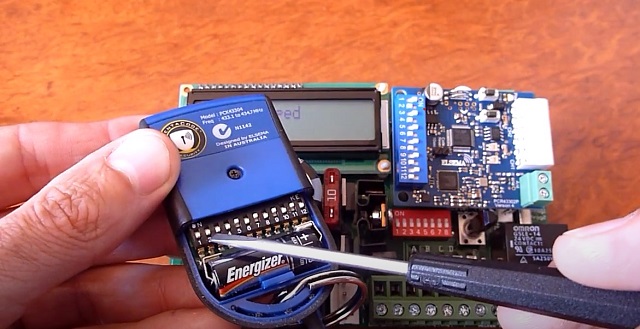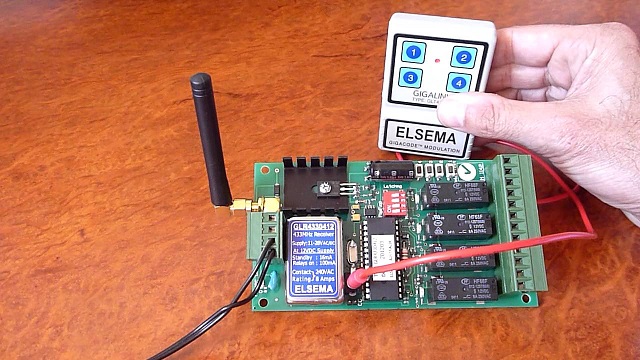
The principles of wireless communication have been known to man for well over a century, with the theoretical work covering the better part of the 19th century and culminating in the experiments conducted by German physicist Hertz, who successfully transmitted the first radio waves. This lay the groundwork for the technological marvel that would become the radio, and the whole host of related inventions, that have evolved into the tech we see today.
Wireless is something that we take for granted. Its uses are profound and multifarious, from simple remotes used to change channels, controlling different appliances in the home using Wi-Fi, or beaming stats from satellites to wearables. Most readers will be seeing this from a mobile device, with info relayed from a router or transmission antenna. Besides the internet of things and the wide scope it encompasses, wireless has also evolved to control complex industrial processes and systems, leading to the benefits of high-volume automation.
What is Wireless?
Wireless transmission, or wireless communication refers to the mode of communication that allows for the transfer of information or data in the form of signals between two or more points without the use of cables or wires. The whole process is made possible with transmitting devices, or simply wireless transmitters, that generate an electrical signal, and this is beamed from an antenna in the form of (radio) waves. The waves travel through the air at the speed of light and are captured by a receiving antenna in a receiver, that transforms the radio waves into an electrical current with the help of electromagnetism to recreate the data or information originally sent.
Frequencies and Wavelengths

Waves generated and transmitted from a transmitter don’t travel in a straight line, but oscillate. The rate of this oscillation is called frequency. Transmitters can operate at different frequencies and this is used for different purposes. Those that allow the functioning of mobile phones, will differ from frequencies used to pick up radio stations. Frequencies are divided into a specific spectrum or band, such as ‘broadband’. The unit for measuring this is Hertz, or the number of oscillations of a wave in a second.
Wavelengths refer to the distance between two subsequent peaks in a wave. This is measured in metres. Visible light, for instance, has a wavelength of 400-700 nanometers, or one billionth of a meter. Radio waves, and what makes most forms of wireless communication possible, have the longest wavelengths in the electromagnetic spectrum, and the lowest frequency. And this allows them to travel the furthest.
Within the spectrum of radio waves, there are different bands. In the Very High Frequency (VHF) band are the FM frequencies (88 to 108 MHz), with wavelengths of 1 to 10 metres, whereas AM radio is in the medium frequency band, between 300kHz and 3Mhz, and longer wavelengths of 100 to 1000 metres. This is why AM radio stations located thousands of kilometres away are as easy to pick up as nearby FM stations.
5G transmission towers operate at much higher frequencies (30 to 300 GHz) but at wavelengths less than a millimetre. This is closer to microwaves than radio waves and can explain all the fuss and conspiracy theories initially surrounding 5G technologies.
Different government bodies and agencies assign frequency ranges for different use. And issue licences. This is to ensure there is no interference, for example between commercial and military use. ‘Free’ frequencies are those that allow the use of CB radio (476.42 to 477.41MHz in Australia) or those that are used in simple devices like wireless garage doors or appliance remote controllers, operating at the UHF of 433MHz.
How Signals are Sent and Received
The transmission of information and signals in wireless communication systems requires a transmitter, a channel, and a receiver. This involves several steps. First, the signal is encoded, and then encrypted to prevent unauthorized access. The signal then goes through channel encoding to prevent interference, is modulated to the right bandwidth, and separate signals are multiplexed or combined for better efficiency. This is done in the transmitter.
The channel is the medium the signal goes through, or open space. The channel can affect the path of the signal in terms of noise, distortion, fading, dispersion etc, and may cause errors in the received signal.
The receiver is tasked to collect the signal sent from the receiver. Signals are processed by de-multiplexing, de-modulation or separating the information from the carrier wave, and reading or decrypting and decoding the signal sent from the source, that is, the transmitter.
What is the Benefit of a 433MHz Transmitter?

UHF wireless transmitters need very low power, often are battery-powered, and can send uninterrupted signals that can be picked up by receivers and antennas 1000 metres away. Shorter wavelengths operating at higher frequencies mean transmitters need smaller antennas to send signals (and a smaller overall footprint). Signals also are unaffected by obstacles in the transmission path, like walls or trees. Transmitters can send data through single or multiple channels and be encoded and encrypted to avoid detection and interference in over a billion combinations. Units are simple to use with corresponding antennas and receivers, are low-cost options in a range of wireless systems (security gates and doors, smart home devices), and sustain stable signals in varying conditions and settings. A single transmitter can be programmed to control one or several receivers at the same time, and this extends usability and lowers costs.















